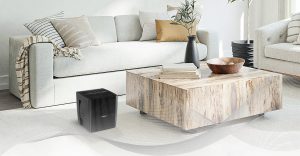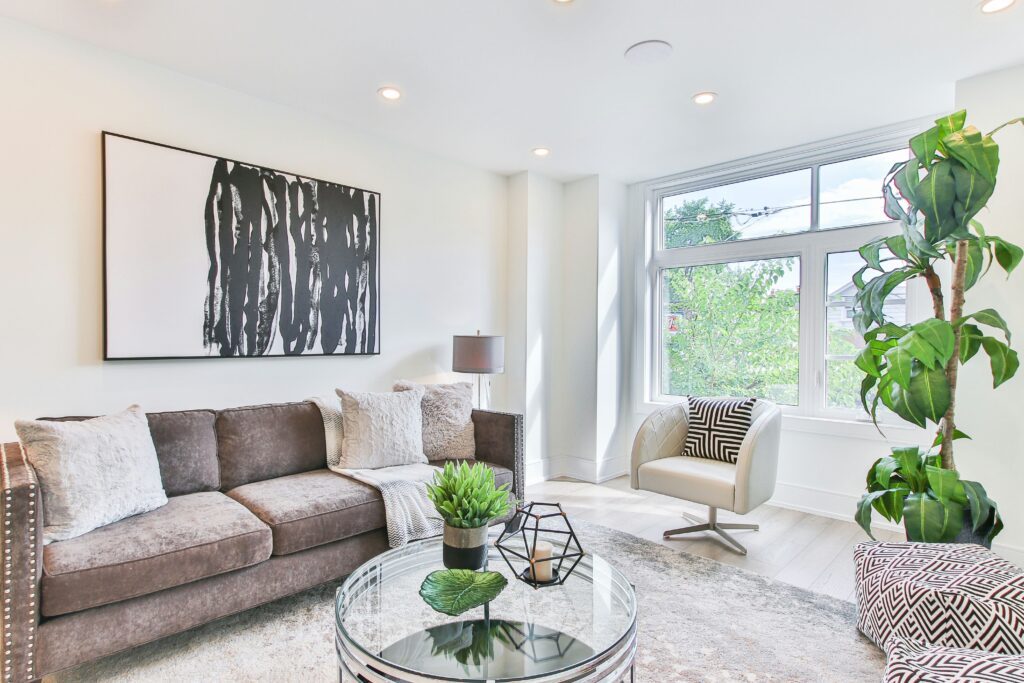The transitionary period between summer and fall presents a unique opportunity to revitalize your living spaces. While aesthetic upgrades are always welcome, make sure to also use this time to improve your home’s indoor air quality. Explore the various ways you can embrace the changing season to refresh your home and create a healthier sanctuary for you and your loved ones.
Season Changes and Indoor Air Quality
As the summer heat begins to wane and the crispness of fall soon starts to settle in, your home undergoes subtle shifts that can impact indoor air quality. The changing weather patterns bring about humidity and temperature fluctuations, creating an environment where pollutants and allergens may thrive. According to the EPA, the concentration levels of these contaminants can be two to five times worse indoors than outdoors, emphasizing the need for proactive measures.
Fall also brings seasonal allergens like ragweed pollen, mold spores, and dust mites — all of which can trigger severe reactions in people with existing respiratory conditions. Preparing your home for these seasonal changes is essential to maintaining a healthy indoor environment.
DIY Projects for Enhancing Indoor Air Quality
From simple rearrangements to more complex upgrades, these are the best ways to enhance your DIY projects and improve your home’s air quality before the new season.
1. Invest in Houseplants

Plants are nature’s air purifiers. They convert carbon dioxide into fresh oxygen and can remove toxins like formaldehyde, benzene and trichloroethylene from the air you breathe. When shopping for houseplants, go for species with larger leaves, as they purify the air quicker, though nowhere near as effectively as the average conventional air exchange system.
Remember to consider the safety of your household pets. Shrubs like peace lilies and heart-leaf philodendrons are extremely toxic to cats and dogs.
2. Install Air Purifiers Strategically
It’s right there in the name — these systems purify the air inside your home and improve its quality. For best results, choose air purifiers with HEPA filtration units, which have been rated to remove up to 99.97% of particles in the 0.03-micron range. The device placement is equally paramount. Place the purifiers in areas where air contaminant levels are highest, like the doorway or a busy hallway, to maximize their function.
Another great idea is to install air washers around your home. These devices combine a humidifier and air purifier, ensuring an ideal indoor climate. When operating, dirt is washed out of the air while returning clean, optimally humidified air to the room.
3. Implement Balanced Ventilation
Ventilation is essential for moving stale, polluted air outdoors and bringing in fresh, clean air naturally. However, achieving a balanced ventilation system is not just about opening windows and doors around your home. The Department of Energy recommends installing two fans and duct systems in rooms where you spend the most time and in areas where pollutants are most often generated, like the kitchen and bathroom.
4. Clean Your HVAC Filters
Your cooling system may have worked around the clock all summer long to maintain ideal indoor temperatures. Its filters are likely clogged with dust and particulate matter, making it a significant source of indoor air pollution. The general rule of thumb is to clean your filters once every two weeks to ensure clean and safe operating conditions.
Complement your efforts by strategically placing activated charcoal in decorative pouches or containers around your home. Activated charcoal absorbs odors, toxins and moisture, improving indoor air quality.
5. Revitalize with Repainting

The paint on your walls may be a source of air pollution, especially if it is several years old. For example, oil-based Alkyd paints contain volatile organic compounds and create a strong chemical odor even in a ventilated room. Instead, choose waterborne paints labeled “Zero VOC” or “Low VOC” to minimize synthetic pollutants. Be sure to double-check before selecting paint for your DIY projects and feel free to ask your local paint store about the paints that will be the best for your indoor air quality.
6. Air Seal Your Home
Sealing gaps around windows and doors will prevent outdoor air pollutants from infiltrating your living spaces. You can seal most air leaks with non-toxic weatherstripping or caulk from your local home center. Advancements in air sealing systems show great promise for achieving effective results in keeping out contaminants and maintaining ideal indoor temperatures.
Additional Tips for Safer Indoor Air Quality Choices

According to the World Health Organization, around 3.2 million people die prematurely yearly from complications related to poor indoor air quality. Consequently, you owe it to yourself and your loved ones not to be a part of such a depressing statistic.
As the fall season approaches, consider these handy tips to enhance the results of your DIY revamp projects.
- Seasonal HVAC tune up: Schedule a professional inspection to check for leaks, clean ducts and replace filters.
- Humidity control: Determine areas around your home where moisture levels are highest and ensure the spaces have adequate ventilation.
- Fall flooring refresh: Deep clean carpets and rugs to remove dust and allergens accumulated over the summer.
- DIY air purification sachets: Put dried herbs like lavender, rosemary, or eucalyptus in small sachets and place them in closets, drawers or near vents to clean the air and infuse a fresh scent.
- Air quality sensors: Integrate air quality sensors into your HVAC system to monitor pollutant levels and adjust ventilation accordingly for cleaner indoor air.
- Exposure minimization: Plan your day around the best indoor and outdoor times. For instance, experts recommend staying indoors between 5 a.m. and 10 a.m. to reduce exposure to allergens when pollen counts are highest.
Embrace the Pre-Fall Transformation
The pre-fall season brings about changes in weather patterns that can impact the air you and your family breathe. It’s the perfect time to embark on DIY upgrades that promote a healthier living environment. Take note of these projects and tips to prepare your home and safeguard your family’s health.

